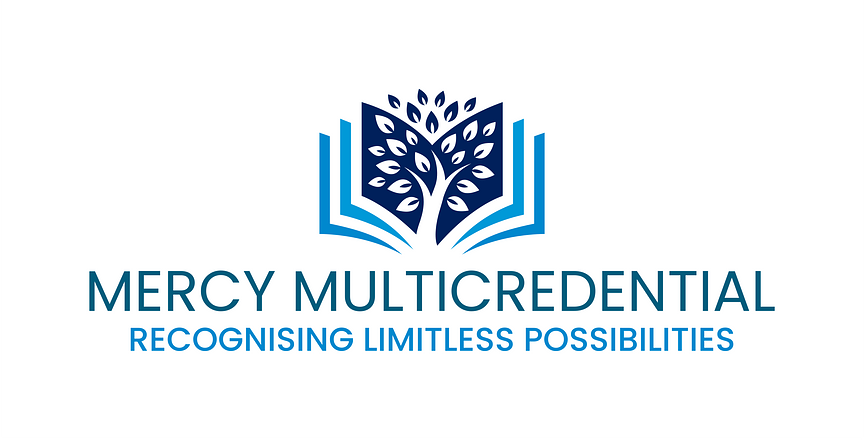Not every student will get first place, but every student can achieve their personal best. The ways in which we recognise this growth is rarely understood by organisations and individuals outside of education. We wanted to find a way that we could recognise the entire school experience of students and their growth in a way that makes sense to the outside world.
We give students the agency to create their own portfolios of evidence within our Learning Management System, along several pathways, balancing the requirements of a national credential with the unique journeys of each student. Students can submit evidence from a range of different activities for each level (badge), drawing upon curriculum, wellbeing, co-curricular activities and other experiences such as excursions and even part time work. These badges are mapped to a national framework, agreed with our partners AlphaCrucis University College, which enables students to not only build a highly sophisticated set of evidence, but translate that portfolio into a single, clear credential that is recognised by employers and higher education authorities. We use an agreed framework and method to ensure that every piece of evidence is validated according to agreed standards, thus enabling an efficient and effective method of curating valid evidence.
Having just launched in April 2023, we have already seen several students progress through the first badge level from multiple year groups. We have had interest and engagement from all year levels, including final year students (who have significant demands on their time). Our goals are to review and streamline the process as much as possible, offer samples and further guidance to students who may struggle with the process, and embed the Multicredential across the school experience, including adding specific reference to particular assessment tasks or activities that students undertake.
To find out more about the Mercy Multicredential, you can visit our web page at https://www.olmc.nsw.edu.au/learning/mercy-multicredential/ and contact the Innovations and Partnerships team at Our Lady of Mercy College Parramatta.


